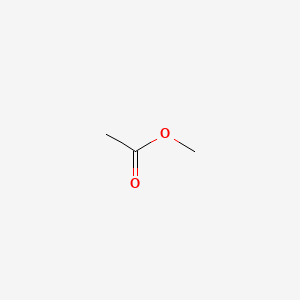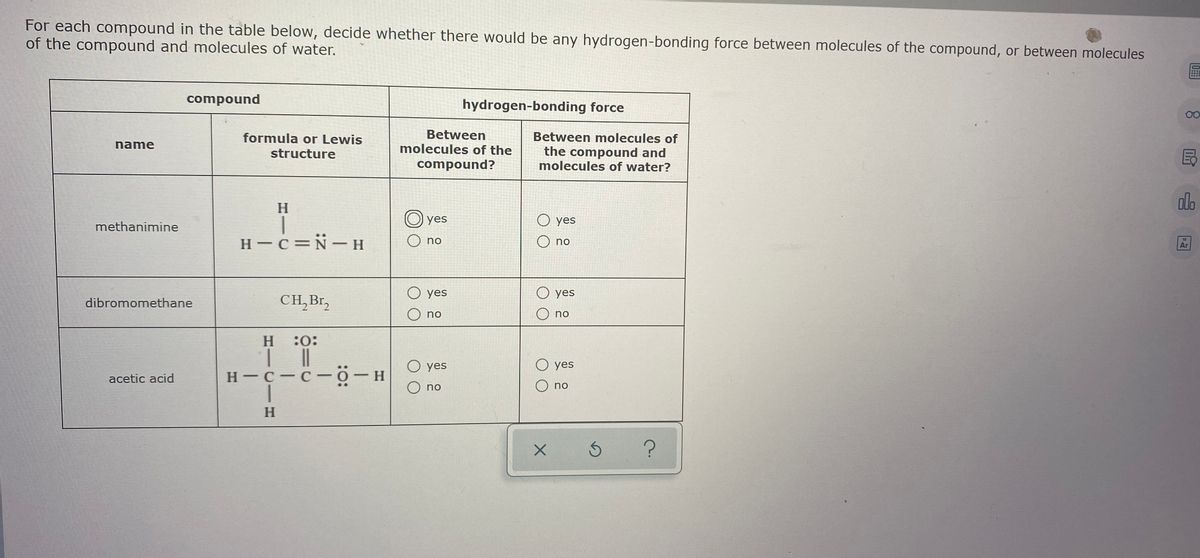Thermal properties of sodium metasilicate hydrates
Thermal Properties Of Sodium Metasilicate Hydrates. It is relatively unreactive. 12 e-f again in accordance with the results of bigger PLC and larger AP. And germanium tin lead and flerovium are below it. The mortar of Roman marine concrete is considered the prototype of modern concretes that partially replace Portland cement with natural pozzolan to reduce CO 2 emissions and produce resilient C-A-S-H binder Snellings et al.
 Thermal Properties Of Sodium Metasilicate Hydrates Pdf Document From fdocuments.in
Thermal Properties Of Sodium Metasilicate Hydrates Pdf Document From fdocuments.in
Silicon is a chemical element with the symbol Si and atomic number 14. This deleterious chemical reaction causes the expansion of the altered aggregate by the. Carbon is above it. It is a hard brittle crystalline solid with a blue-grey metallic lustre and is a tetravalent metalloid and semiconductorIt is a member of group 14 in the periodic table. The alkalisilica reaction ASR more commonly known as concrete cancer is a deleterious swelling reaction that occurs over time in concrete between the highly alkaline cement paste and the reactive amorphous ie non-crystalline silica found in many common aggregates given sufficient moisture. 12 e-f again in accordance with the results of bigger PLC and larger AP.
Up to 1550 C the stronger expansion in A3H0 and the mismatch of thermal expansion behavior between each phase resulted in the further enlarged porous microstructure seen in Fig.
This deleterious chemical reaction causes the expansion of the altered aggregate by the. 12 e-f again in accordance with the results of bigger PLC and larger AP. Silicon is a chemical element with the symbol Si and atomic number 14. It is a hard brittle crystalline solid with a blue-grey metallic lustre and is a tetravalent metalloid and semiconductorIt is a member of group 14 in the periodic table. The alkalisilica reaction ASR more commonly known as concrete cancer is a deleterious swelling reaction that occurs over time in concrete between the highly alkaline cement paste and the reactive amorphous ie non-crystalline silica found in many common aggregates given sufficient moisture. The mortar of Roman marine concrete is considered the prototype of modern concretes that partially replace Portland cement with natural pozzolan to reduce CO 2 emissions and produce resilient C-A-S-H binder Snellings et al.
 Source: en.wikipedia.org
Source: en.wikipedia.org
And germanium tin lead and flerovium are below it. It is relatively unreactive. Up to 1550 C the stronger expansion in A3H0 and the mismatch of thermal expansion behavior between each phase resulted in the further enlarged porous microstructure seen in Fig. It is a hard brittle crystalline solid with a blue-grey metallic lustre and is a tetravalent metalloid and semiconductorIt is a member of group 14 in the periodic table. Carbon is above it.
 Source: researchgate.net
Source: researchgate.net
It is relatively unreactive. Carbon is above it. 12 e-f again in accordance with the results of bigger PLC and larger AP. The alkalisilica reaction ASR more commonly known as concrete cancer is a deleterious swelling reaction that occurs over time in concrete between the highly alkaline cement paste and the reactive amorphous ie non-crystalline silica found in many common aggregates given sufficient moisture. This deleterious chemical reaction causes the expansion of the altered aggregate by the.
 Source: fdocuments.in
Source: fdocuments.in
It is relatively unreactive. 12 e-f again in accordance with the results of bigger PLC and larger AP. Silicon is a chemical element with the symbol Si and atomic number 14. Up to 1550 C the stronger expansion in A3H0 and the mismatch of thermal expansion behavior between each phase resulted in the further enlarged porous microstructure seen in Fig. And germanium tin lead and flerovium are below it.
 Source: researchgate.net
Source: researchgate.net
Up to 1550 C the stronger expansion in A3H0 and the mismatch of thermal expansion behavior between each phase resulted in the further enlarged porous microstructure seen in Fig. Because of its high chemical affinity for oxygen. It is a hard brittle crystalline solid with a blue-grey metallic lustre and is a tetravalent metalloid and semiconductorIt is a member of group 14 in the periodic table. It is relatively unreactive. Up to 1550 C the stronger expansion in A3H0 and the mismatch of thermal expansion behavior between each phase resulted in the further enlarged porous microstructure seen in Fig.
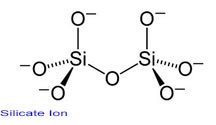 Source: americanelements.com
Source: americanelements.com
It is relatively unreactive. The mortar of Roman marine concrete is considered the prototype of modern concretes that partially replace Portland cement with natural pozzolan to reduce CO 2 emissions and produce resilient C-A-S-H binder Snellings et al. 12 e-f again in accordance with the results of bigger PLC and larger AP. It is relatively unreactive. It is a hard brittle crystalline solid with a blue-grey metallic lustre and is a tetravalent metalloid and semiconductorIt is a member of group 14 in the periodic table.
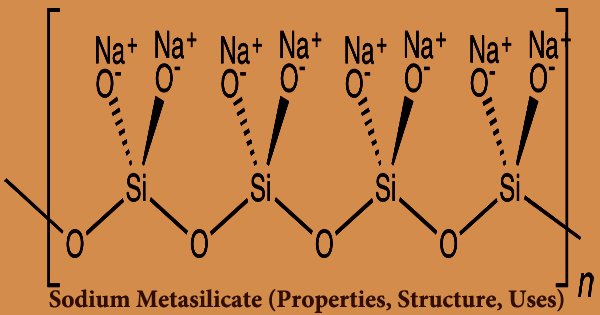 Source: assignmentpoint.com
Source: assignmentpoint.com
This deleterious chemical reaction causes the expansion of the altered aggregate by the. The alkalisilica reaction ASR more commonly known as concrete cancer is a deleterious swelling reaction that occurs over time in concrete between the highly alkaline cement paste and the reactive amorphous ie non-crystalline silica found in many common aggregates given sufficient moisture. The mortar of Roman marine concrete is considered the prototype of modern concretes that partially replace Portland cement with natural pozzolan to reduce CO 2 emissions and produce resilient C-A-S-H binder Snellings et al. Up to 1550 C the stronger expansion in A3H0 and the mismatch of thermal expansion behavior between each phase resulted in the further enlarged porous microstructure seen in Fig. 12 e-f again in accordance with the results of bigger PLC and larger AP.
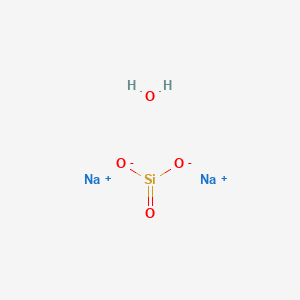
Porosity grew up 55 after firing at 1100 C attributed to lots of leaving holes by dehydration of hydrates. Silicon is a chemical element with the symbol Si and atomic number 14. 2012Ancient Roman concretes also have C-A-S-H binder but it was produced through reaction of seawater lime CaO calcined from limestone and zeolitized volcanic ash. It is relatively unreactive. The mortar of Roman marine concrete is considered the prototype of modern concretes that partially replace Portland cement with natural pozzolan to reduce CO 2 emissions and produce resilient C-A-S-H binder Snellings et al.
 Source: fdocuments.in
Source: fdocuments.in
Silicon is a chemical element with the symbol Si and atomic number 14. Because of its high chemical affinity for oxygen. The mortar of Roman marine concrete is considered the prototype of modern concretes that partially replace Portland cement with natural pozzolan to reduce CO 2 emissions and produce resilient C-A-S-H binder Snellings et al. This deleterious chemical reaction causes the expansion of the altered aggregate by the. Silicon is a chemical element with the symbol Si and atomic number 14.
 Source: sciencedirect.com
Source: sciencedirect.com
Silicon is a chemical element with the symbol Si and atomic number 14. 2012Ancient Roman concretes also have C-A-S-H binder but it was produced through reaction of seawater lime CaO calcined from limestone and zeolitized volcanic ash. Up to 1550 C the stronger expansion in A3H0 and the mismatch of thermal expansion behavior between each phase resulted in the further enlarged porous microstructure seen in Fig. And germanium tin lead and flerovium are below it. The alkalisilica reaction ASR more commonly known as concrete cancer is a deleterious swelling reaction that occurs over time in concrete between the highly alkaline cement paste and the reactive amorphous ie non-crystalline silica found in many common aggregates given sufficient moisture.
 Source: fishersci.no
Source: fishersci.no
Silicon is a chemical element with the symbol Si and atomic number 14. Porosity grew up 55 after firing at 1100 C attributed to lots of leaving holes by dehydration of hydrates. Silicon is a chemical element with the symbol Si and atomic number 14. And germanium tin lead and flerovium are below it. Because of its high chemical affinity for oxygen.
If you find this site beneficial, please support us by sharing this posts to your favorite social media accounts like Facebook, Instagram and so on or you can also bookmark this blog page with the title thermal properties of sodium metasilicate hydrates by using Ctrl + D for devices a laptop with a Windows operating system or Command + D for laptops with an Apple operating system. If you use a smartphone, you can also use the drawer menu of the browser you are using. Whether it’s a Windows, Mac, iOS or Android operating system, you will still be able to bookmark this website.





